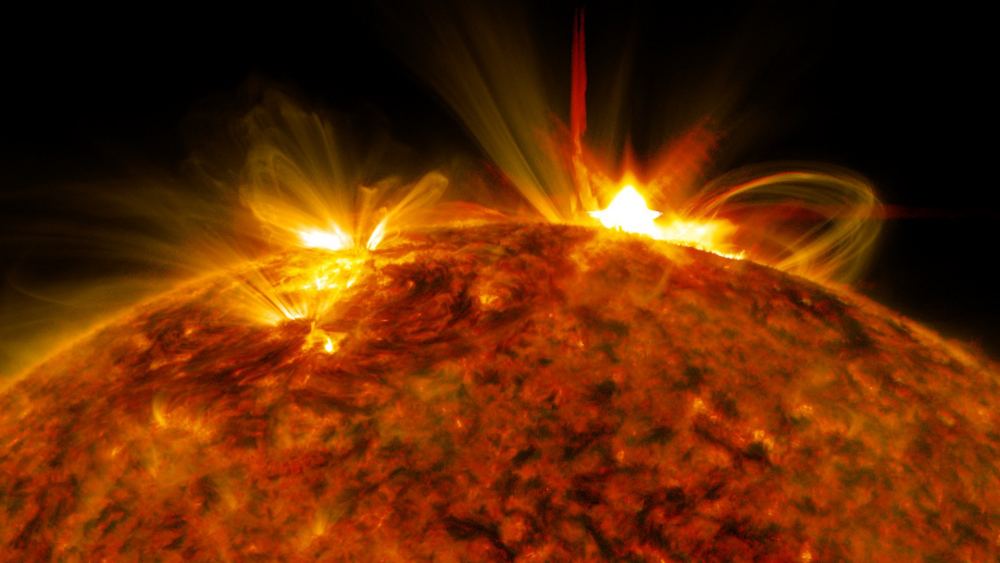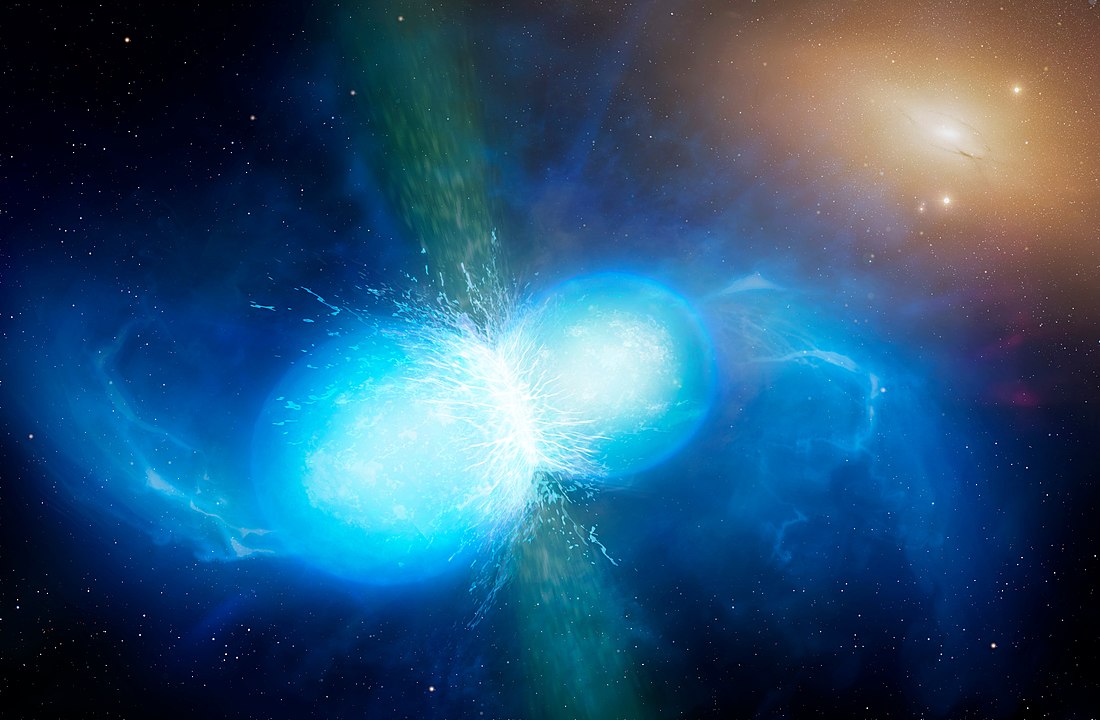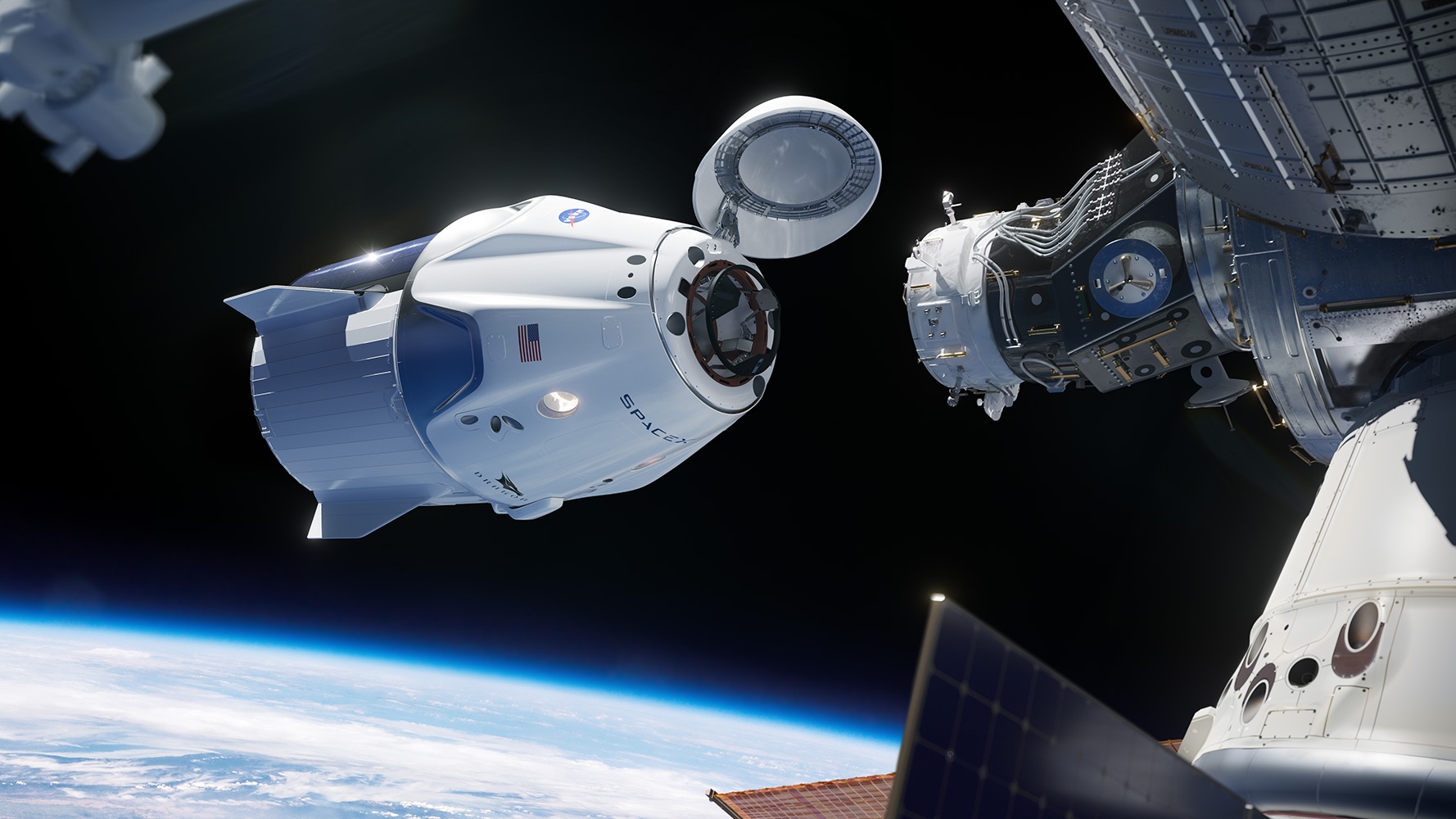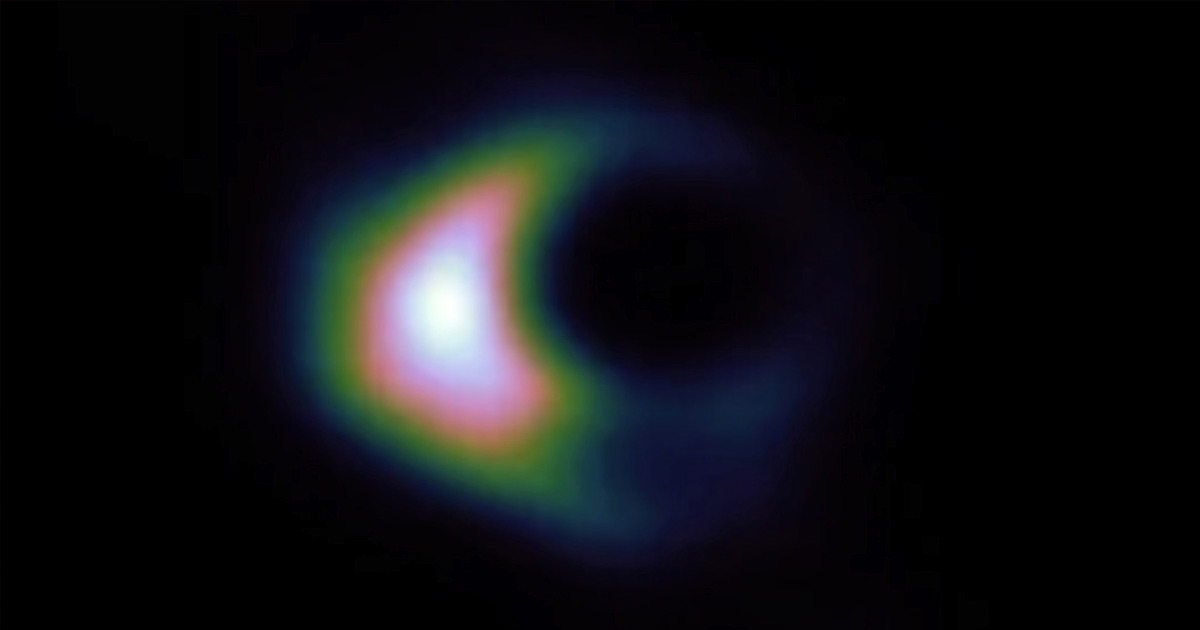Supernovae are incredibly common in the universe. Based on observations of isotopes such as aluminum-26, we know that a supernova occurs on average about every fifty years in the Milky Way alone. A supernova can outshine a galaxy, so you wouldn’t want your habitable planet to be a few light years away when it goes off. Fortunately, most supernovae have occurred very far away from Earth, so we haven’t had to concern ourselves with wearing sunscreen at night. But it does raise an interesting question. When it comes to supernovae, how close is too close? As a recent study shows, the answer depends on the type of supernova.
Continue reading “You Don't Want to Be Within 160 Light-Years of a Supernova”What a Mess. A Black Hole's Stellar Meal is Brighter and Longer Lasting Than Ever Seen Before

It’s a tale as old as time. A cataclysmic event occurs in the universe and releases a tremendous amount of energy in a short period of time. The event then fades into the darkness and the cosmos returns to normal. These short-lived cosmic events are known as transients and include things such as supernovae and gamma-ray bursts. Transients are quite common, but some of them can challenge explanations. Take for example the transient known as ZTF20abrbeie, nicknamed Scary Barbie.
Continue reading “What a Mess. A Black Hole's Stellar Meal is Brighter and Longer Lasting Than Ever Seen Before”Gravitational Waves From Pulsars Could Be Used to Probe the Interior of the Sun

Gravitational wave astronomy is still in its early stages. So far it has focused on the most energetic and distinct sources of gravitational waves, such as the cataclysmic mergers of black holes and neutron stars. But that will change as our gravitational telescopes improve, and it will allow astronomers to explore the universe in ways previously impossible.
Continue reading “Gravitational Waves From Pulsars Could Be Used to Probe the Interior of the Sun”Is This a Black Hole or a New Type of Star?
Within general relativity, black holes are easy to define. They are objects with an event horizon. This horizon is like a line in the sand, where anything crossing it is forever trapped within the black hole. Quantum theory might allow for energy to escape through Hawking radiation, but classical black holes are a one-way trip.
Continue reading “Is This a Black Hole or a New Type of Star?”Even the Largest Structures in the Universe Have a Magnetic Field
The universe is filled with magnetic fields. Although the universe is electrically neutral, atoms can be ionized into positively charged nuclei and negatively charged electrons. When those charges are accelerated, they create magnetic fields. One of the most common sources of magnetic fields on large scales comes from the collisions between and within interstellar plasma. This is one of the major sources of magnetic fields for galactic-scale magnetic fields.
Continue reading “Even the Largest Structures in the Universe Have a Magnetic Field”When Neutron Stars Collide, the Explosion is Perfectly Spherical

Kilonovae are incredibly powerful explosions. Whereas regular supernovae occur when two white dwarfs collide, or the core of a massive star collapses into a neutron star, kilonovae occur when two neutron stars collide. You would think that neutron star collisions would produce explosions with all sorts of strange shapes depending on the angle and speed of the collisions, but new research shows kilonovae are very spherical, and this has some serious implications for cosmology.
Continue reading “When Neutron Stars Collide, the Explosion is Perfectly Spherical”New Measurements of Galaxy Rotation Lean Towards Modified Gravity as an Explanation for Dark Matter
Although dark matter is a central part of the standard cosmological model, it’s not without its issues. There continue to be nagging mysteries about the stuff, not the least of which is the fact that scientists have found no direct particle evidence of it. Despite numerous searches, we have yet to detect dark matter particles. So some astronomers favor an alternative, such as Modified Newtonian Dynamics (MoND) or modified gravity model. And a new study of galactic rotation seems to support them.
Continue reading “New Measurements of Galaxy Rotation Lean Towards Modified Gravity as an Explanation for Dark Matter”Rubble Pile Asteroids Might be the Best Places to Build Space Habitats

The stars call to us, as Carl Sagan once said. Given the human drive to explore our world and expand our reach, it is likely only a matter of time before we begin to build our homes in the solar system. The Moon and Mars could be acceptable destinations, but nearby asteroids could also become homes, as a recent study shows.
Continue reading “Rubble Pile Asteroids Might be the Best Places to Build Space Habitats”The Formation of the Southern Ring Nebula was Messier Than the Death of a Single Star

Two thousand five hundred years ago, during the height of the bronze age, an old red star died. Its outer layers expanded over time, becoming what is now known as the Southern Ring Nebula, or less romantically, NGC 3132. By the looks of it, this planetary nebula looks like many others. As Sun-like stars die, they swell to become red giants before becoming a white dwarf, and their outer layers typically become a planetary nebula. But a recent study finds that this particular nebula formed in a way quite messier than we had thought.
Continue reading “The Formation of the Southern Ring Nebula was Messier Than the Death of a Single Star”Want to Learn More About Dark Matter? Send an Atomic Clock Close to the Sun
Dark matter continues to vex astronomers around the world. We see its effects in the clustering of galaxies and the gravitational lensing of light within galaxies, and it seems to comprise about 80% of the matter in the universe, but we still haven’t detected it on Earth. So what about at least detecting it in our solar system? That might be possible according to a new study in Nature Astronomy.
Continue reading “Want to Learn More About Dark Matter? Send an Atomic Clock Close to the Sun”




